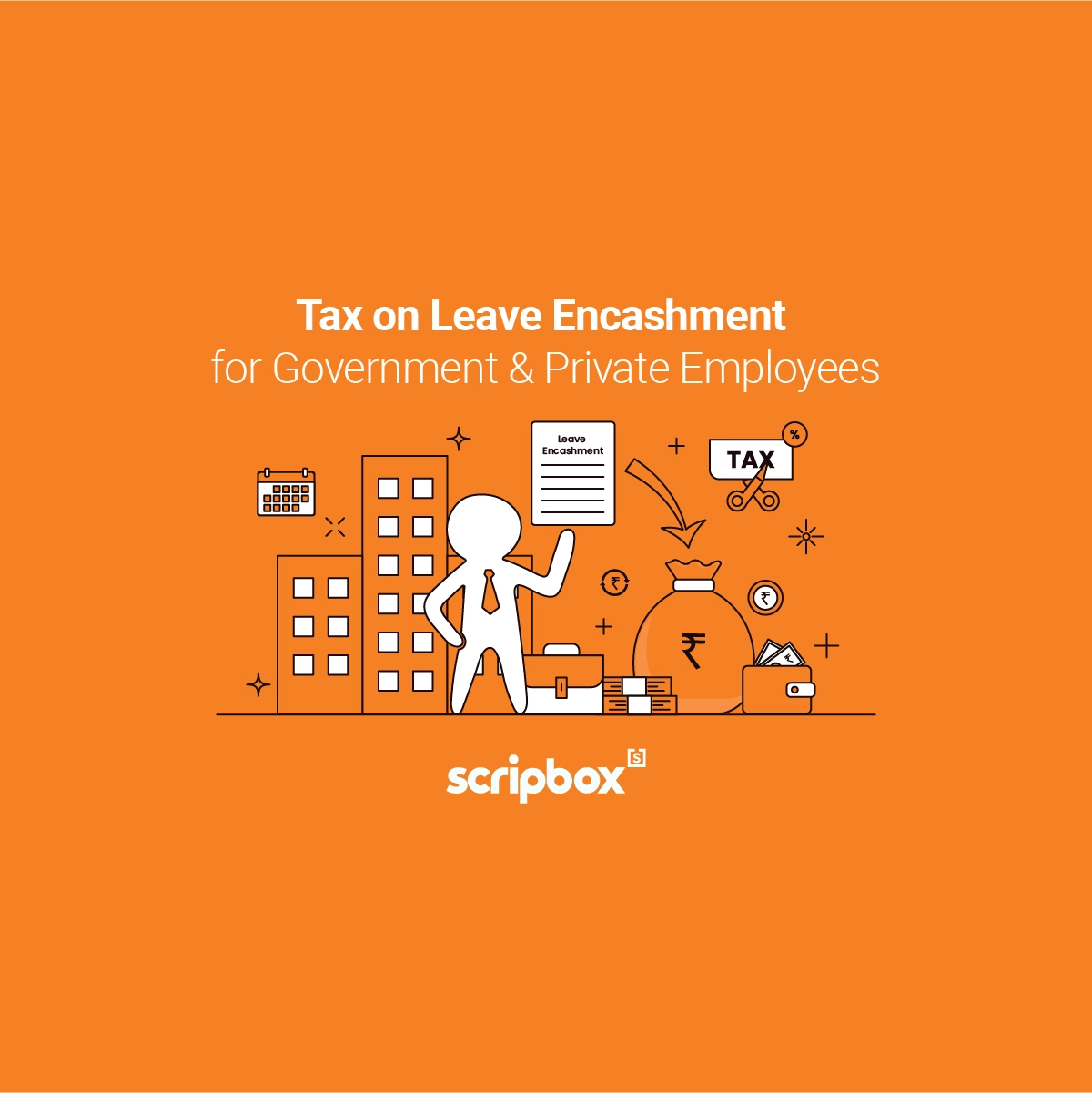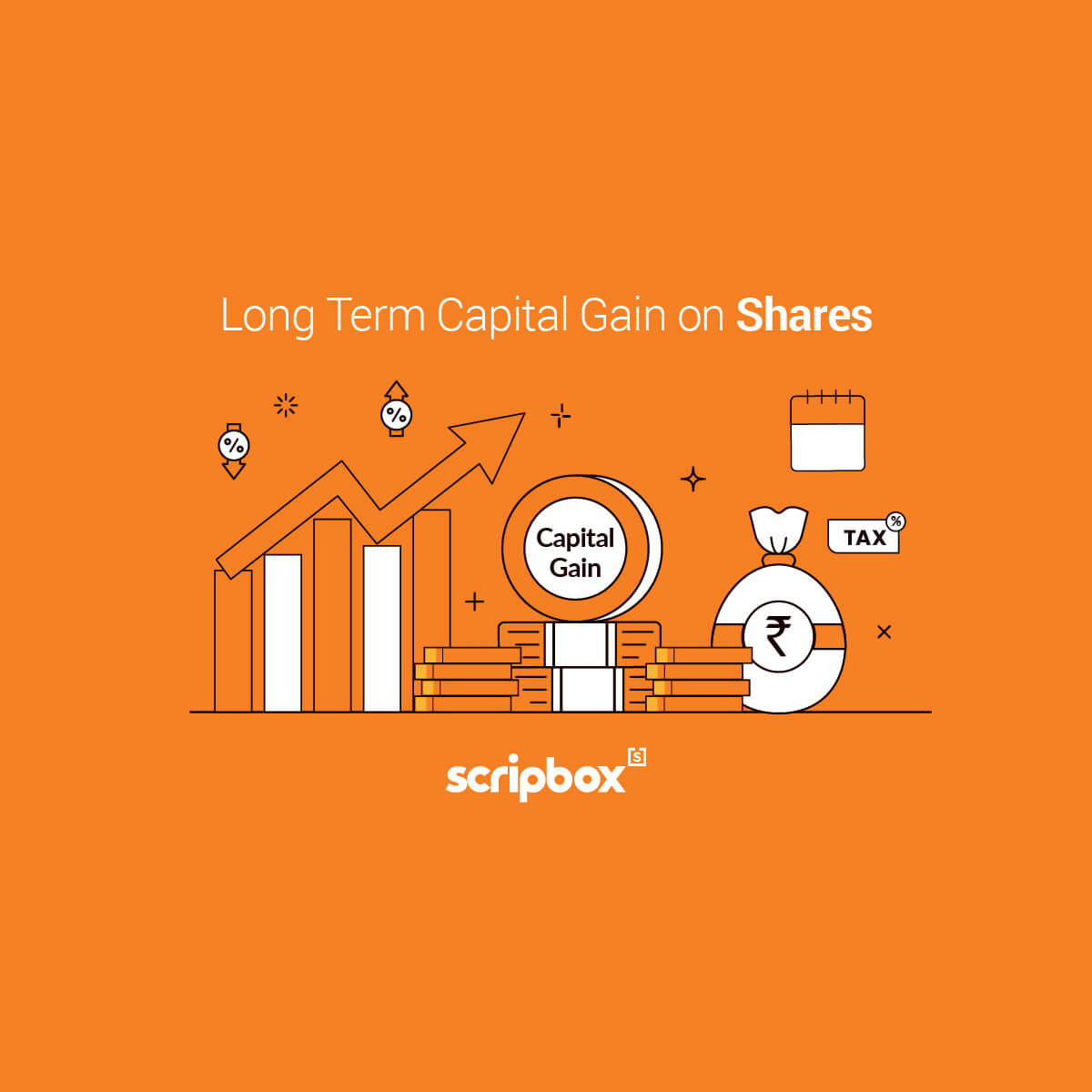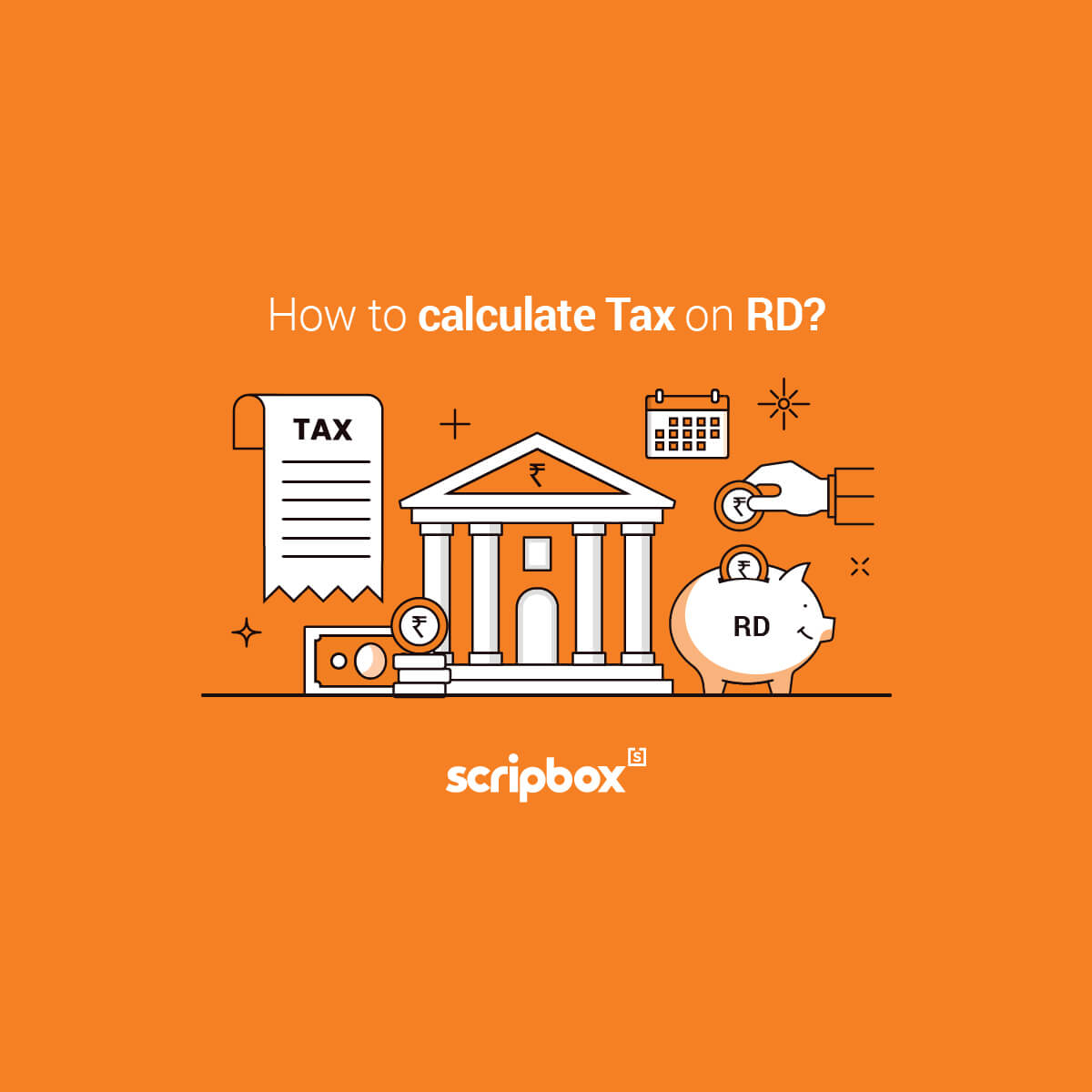What is Cost Inflation Index (CII)?
In general, as inflation rises, so do the prices of goods. As a result, the purchasing power of money falls. For example, if you can buy ten units of some products for Rs. 1,000 today, you may only be able to buy eight units in two years due to inflation. Cost Inflation Index in relation to a particular previous year means an index notified by the Central Government. It is regarding a 75% of average rise in the Consumer Price Index (Urban) for the immediately preceding previous year to such a previous year.
With regard to taxation, CII could assist investors in minimising their capital gains arising from the sale of long-term capital assets. As the cost of acquisition increases, the capital gain decreases, resulting in lower taxability.
Purpose of Cost Inflation Index
The Cost Inflation Index (CII) calculates the annual increase in the prices of goods and assets due to inflation. Long-term capital assets are subject to the CII. This results in higher acquisition costs and lower profits and taxes for the benefit of taxpayers. This benefit applies to long-term capital assets for the benefit of taxpayers, resulting in higher purchase costs, lower profits, and lower taxes.
What is Base Year for CII?
The cost inflation index’s base year is the first year which is 1981. The year 1981 has an index value of 100. In order to determine the percentage increase in inflation, compare the index of all subsequent years to the base year. If the asset’s purchase date is before the base year then the cost of purchase will be higher than the ‘actual cost or Fair Market Value (FMV)’. The indexation benefit is then applied to this calculated purchase price. A registered valuer’s valuation report helps calculate the FMV.
Currently, the base year is 2001.
If the capital asset purchase is before April 1, 2001, then the purchase price will be higher than the actual cost or FMV as on April 1, 2001.
How to Calculate Cost Inflation Index?
The Central Board of Direct Taxes (CBDT) calculates the cost inflation index by notification in the Official Gazette.
Cost Inflation Index = 75% of the average rise in the Consumer Price Index* (urban) for the immediately preceding year.
Cost Inflation Index Table
The following is the New Cost Inflation Index:
| Financial Year | Cost Inflation Index (CII) |
| 2001-02 | 100 |
| 2002-03 | 105 |
| 2003- 04 | 109 |
| 2004- 05 | 113 |
| 2005- 06 | 117 |
| 2006- 07 | 122 |
| 2007-08 | 129 |
| 2008-09 | 137 |
| 2009-10 | 148 |
| 2010-11 | 167 |
| 2011-12 | 184 |
| 2012-13 | 200 |
| 2013-14 | 220 |
| 2014-15 | 240 |
| 2015-16 | 254 |
| 2016-17 | 264 |
| 2017-18 | 272 |
| 2018-19 | 280 |
| 2019-20 | 289 |
| 2020-21 | 301 |
| 2021-22 | 317 |
| 2022-23 | 331 |
How is Cost Inflation Index Useful in Reducing Tax?
Indexation allows taxpayers to significantly reduce the amount of income tax imposed on long-term capital gains from the sale of the asset. However, indexation is not an option for short-term capital gains or losses. Non-resident Indians are not eligible for this benefit.
To avail the indexation benefit for long-term capital gains, taxpayers must consider the following conditions:
- Consider the CII for the year 1981 if the asset’s purchase date is before 1981.
- If the asset has been improved, the cost of the improvement must also be considered. The CII must be adjusted by multiplying it by the CII of the year in which the improvement was made.
How to Apply Indexation for Long-Term Capital Assets?
As and when the indexation benefit applies to the cost of acquisition (purchase price) of the capital asset, it becomes the indexed cost of acquisition. Similarly, when it applies to the cost of improvement, it becomes the indexed cost of the improvement.
Indexed Cost of Acquisition = [Cost of Indexation (CII) for the year of transfer (sale)* Cost of acquisition]/ CII for the first year in which the asset was held by the assessee or for the year 2001- 02, whichever is later.
Cost of Acquisition * (CII of Year of Sale / CII of Year of Purchase)
Indexed Cost of Improvement = [Cost of acquisition (CII) for the year of transfer (sale)* Cost of improvement]/ CII for the year in which the improvement to the asset took place.
The following examples explain the concept of indexation applied to long-term capital assets:-
Example 1:
Anita purchased machinery of Rs. 5,00,000 on 1st March 2016 and sold the machinery on 1st April 2020.
Hence the indexed cost of acquisition will be
Cost Inflation Index (CII) for the year of acquisition F.Y. 2015-16 = 254 and
CII for the year of sale F.Y. 2020-21 = 301.
Therefore, the indexed cost of acquisition = 5,00,000*301/254 = Rs. 5,92,520 (approx).
Example 2:
Vinita purchased a capital asset in F.Y. 1995- 96 for Rs. 3,00,000. Furthermore, FMV of the capital asset on 1st April 2001 was Rs. 4,20,000. She sold the asset in F.Y. 2016- 17. The asset purchase date is before the base year. Hence, the indexed cost of acquisition will be
Higher of the actual cost or FMV on 1st April 2001. i.e. cost of acquisition = Rs. 4,20,000.
CII for the year 2001- 02 and 2016- 17 is 100 and 264, respectively.
Indexed cost of acquisition = 4,20,000 x 264/100 = Rs. 11,08,800
Things to Keep in Mind About CII in India
The following points need to keep in mind about CII in India are as follows:-
- If you obtain the property through a will or inheritance, consider the CII for the year in which you obtain the property. Ignore the actual year of acquisition of the property.
- Ignore the cost of improvement before 1st April 2001.
- The indexation benefits are not applicable for debentures and bonds.
- When calculating gains for tax reasons, CII does not apply to estimate the inflation-adjusted cost of equity shares and equity mutual funds. Without any benefit from indexation, the 10% tax rate applies to long-term gains.
- Recognise the cost price of long-term capital assets in the books. Value long-term capital assets at their cost price and ignore revaluation despite rising inflation. The profit is high when these assets are on sale because of the higher sale price than the acquisition price. This leads to higher income tax payout.
Frequently Asked Questions
In the year 1981, the Cost Inflation Index was introduced in India.
The CBDT is responsible for notifying the cost inflation index in the official Gazette.
The cost inflation index for the year 2022- 23 is 331.
CII calculates an asset’s inflation-adjusted cost price. Using that inflation-adjusted price, the long-term capital gains or losses are computed.
A capital asset generates capital gains. Making an indexed cost allows the taxpayer to consider inflation because the cost price is historical. So, utilising CII, one can determine the asset’s genuine cost and lower the capital gains amount to lower the tax payment.
No, the short-term capital gains are not eligible for indexation benefits.
Yes, indexation can be applied to the cost of improvement of the assets.
Indexation benefits cannot be applied to the following assets Bonds, Debentures, and RBI Issued Sovereign Gold Bonds.
The asset purchase price can be the higher of the asset’s fair market value or its actual cost as on the first day of the base year if an asset is bought before the base year of CII or 2001. Then, once the cost has been determined, the indexation benefit can be used.
The CBDT calculates the cost inflation index of a property.
Related Articles
- What is Cost Inflation Index (CII)?
- What is Base Year for CII?
- How to Calculate Cost Inflation Index?
- Cost Inflation Index Table
- How is Cost Inflation Index Useful in Reducing Tax?
- How to Apply Indexation for Long-Term Capital Assets?
- Things to Keep in Mind About CII in India
- Frequently Asked Questions























Show comments